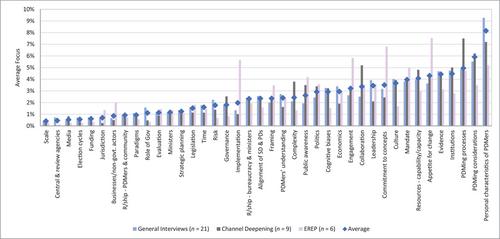What influences public decision-makers? An Australian case study
Abstract
Limited or incomplete achievement of societal aspirations, such as the realisation of sustainable development, can lead to distrust in government and the public sector. This paper takes an empirical approach to uncover (1) what factors influence public decision-makers, (2) if such factors apply equally irrespective of the decision, and (3) which are most important. Thirty-five interviews of public servants within the subnational State of Victoria, Australia, yield 40 common influences upon decision-makers. Collectively, these influences result in an unmanageably complex operating environment. Statistical and network mapping analyses further demonstrate decision context and decision-maker self-efficacy impact influence importance.
Points for practitioners
- Forty different influences make the public sector operating environment incredibly complex; they explain why public outcomes can deviate from stated objectives.
- These influences vary in impact (barriers, enablers), scale, and importance, pending the decision context and the self-efficacy of the decision-makers involved.
- While distinct factors, the 40 influences often operate in concert, with some masking others; decision-makers themselves may not recognise the most important factors upon their work without deep reflection.
- Far from being at the mercy of the influences, decision-makers can shape public outcomes by recognising the influences on their decisions and seeking to engage them as enablers of optimal decisions.
- Applying systems thinking may enable widespread public decision-making improvements, through the identification of high-value leverage points.


 求助内容:
求助内容: 应助结果提醒方式:
应助结果提醒方式:


